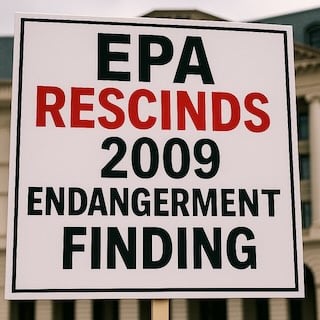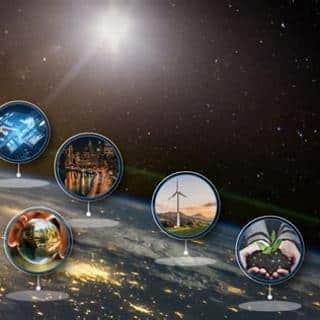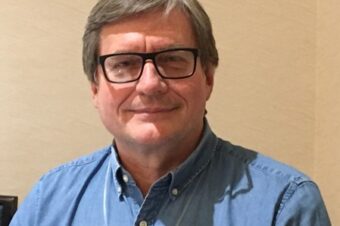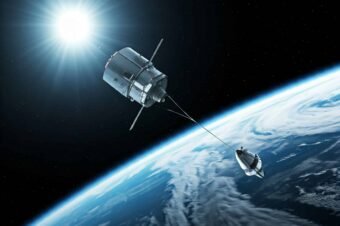Australian mathematicians say some endangered species “not worth saving”
Apr 14, 2011 02:55 PM | 0
 Some endangered species on the brink of extinction might not be worth saving, according to a new algorithm developed by researchers at the University of Adelaide and James Cook University, both in Australia.
Some endangered species on the brink of extinction might not be worth saving, according to a new algorithm developed by researchers at the University of Adelaide and James Cook University, both in Australia.
Dubbed the SAFE (species’ ability to forestall extinction) index, the formula takes current and minimum viable population sizes into account to determine if it is too costly to save a species from extinction. The research was published online March 30 in the journal Frontiers in Ecology and the Environment.
Co-author Corey Bradshaw, director of ecological modeling at the University of Adelaide’s Environment Institute, said in a prepared statement that the formula is “the best predictor yet of the vulnerability of mammal species to extinction.”
The study examined 95 mammal species, 20 percent of which are endangered and 10 of which are on what the authors call “the tipping point” where they could be at the “point of no return.” That tipping point, according to the authors, is a species with a population below 5,000 individuals.
Photo: The critically endangered kakapo (Strigops habroptila) by Brent Barrett via Flickr under Creative Commons License








Leave a Reply